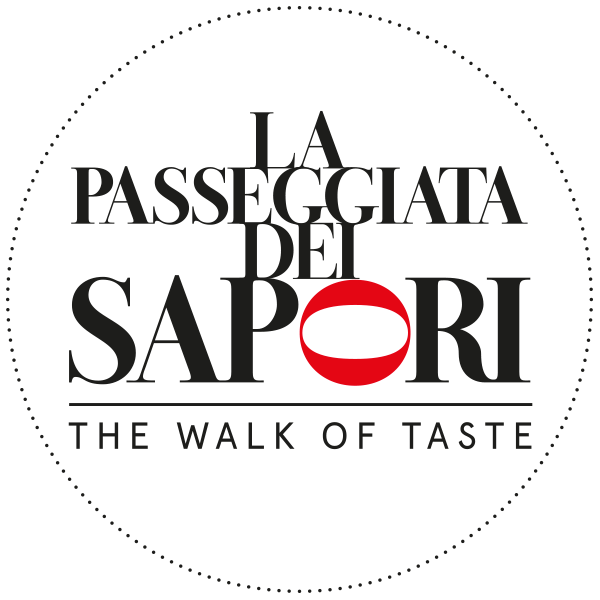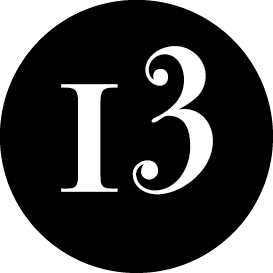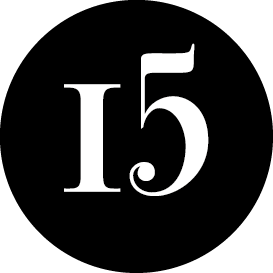Palazzo della Pilotta
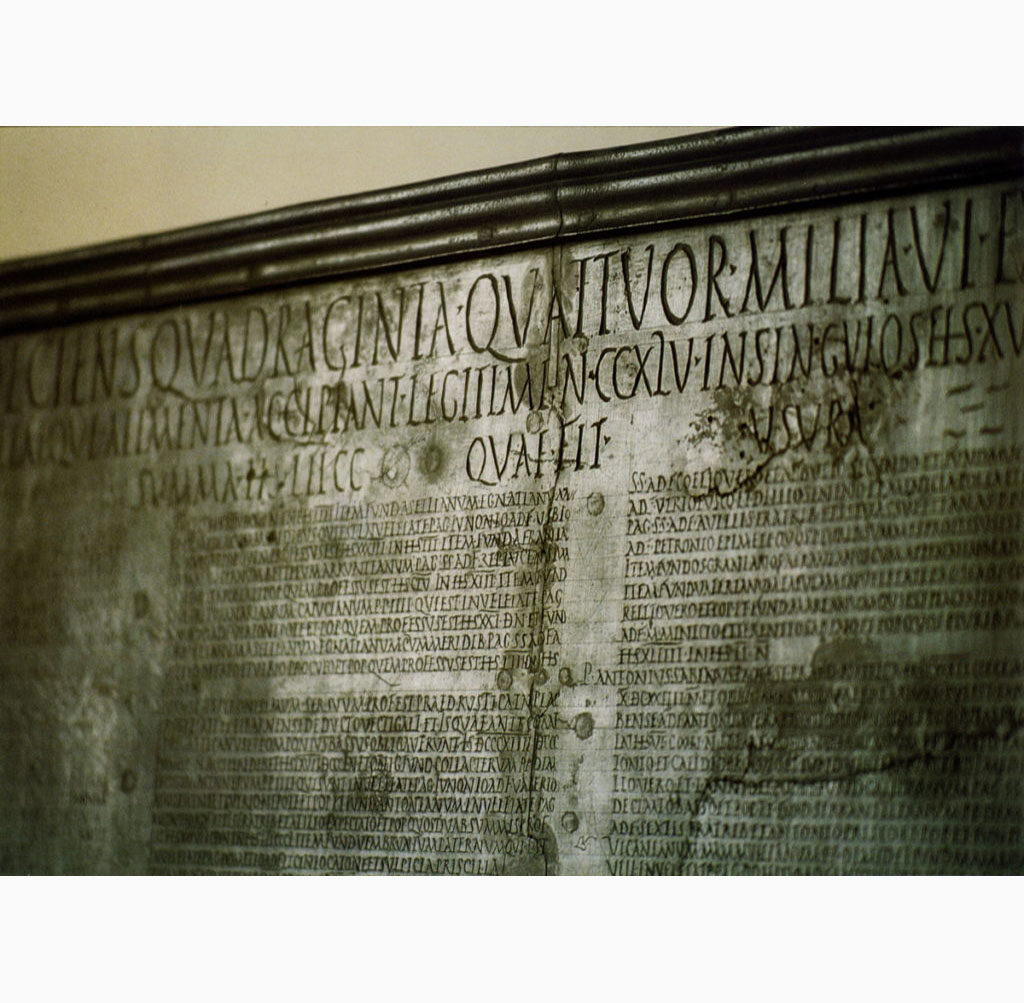
Tabula alimentaria Traianea, the largest bronze tablet from antiquity (Parma, National Archaeological Museum).
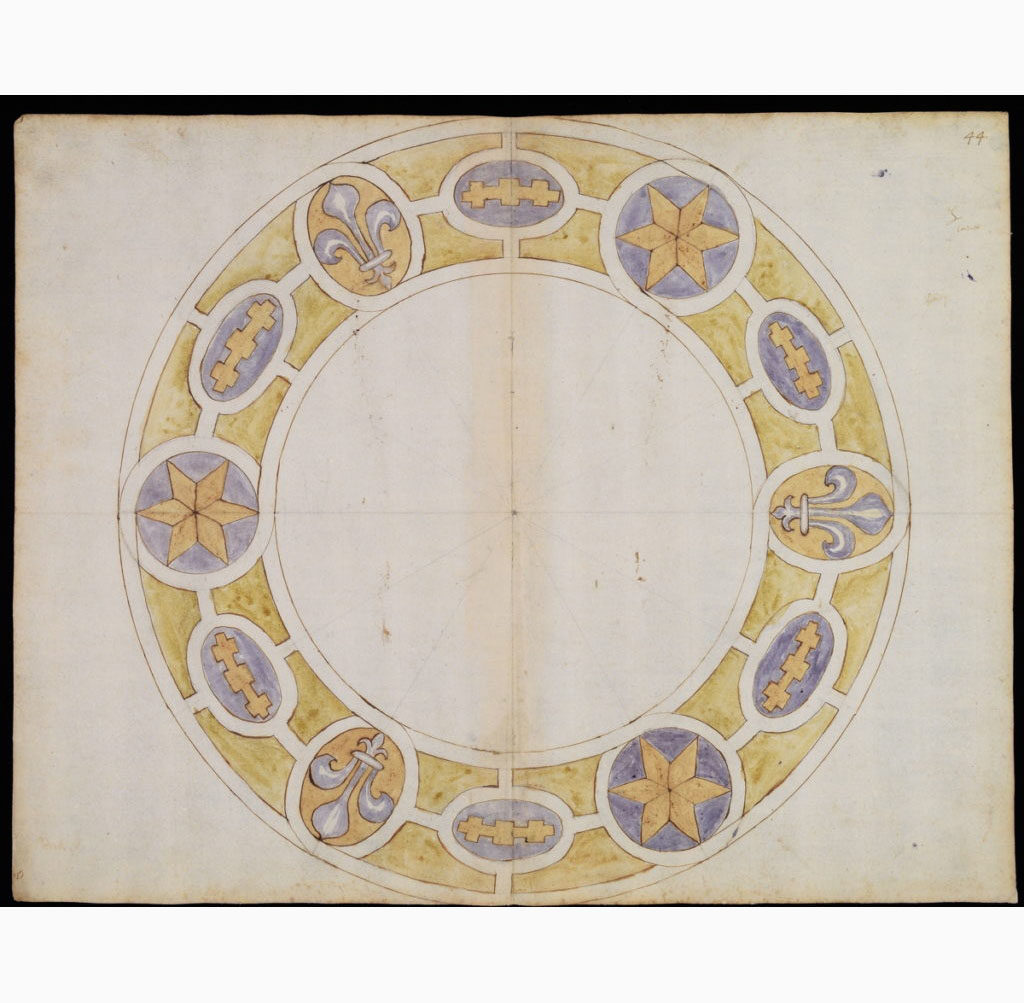
Farnese plate drawings, 1639 (Parma, Palatina Library).
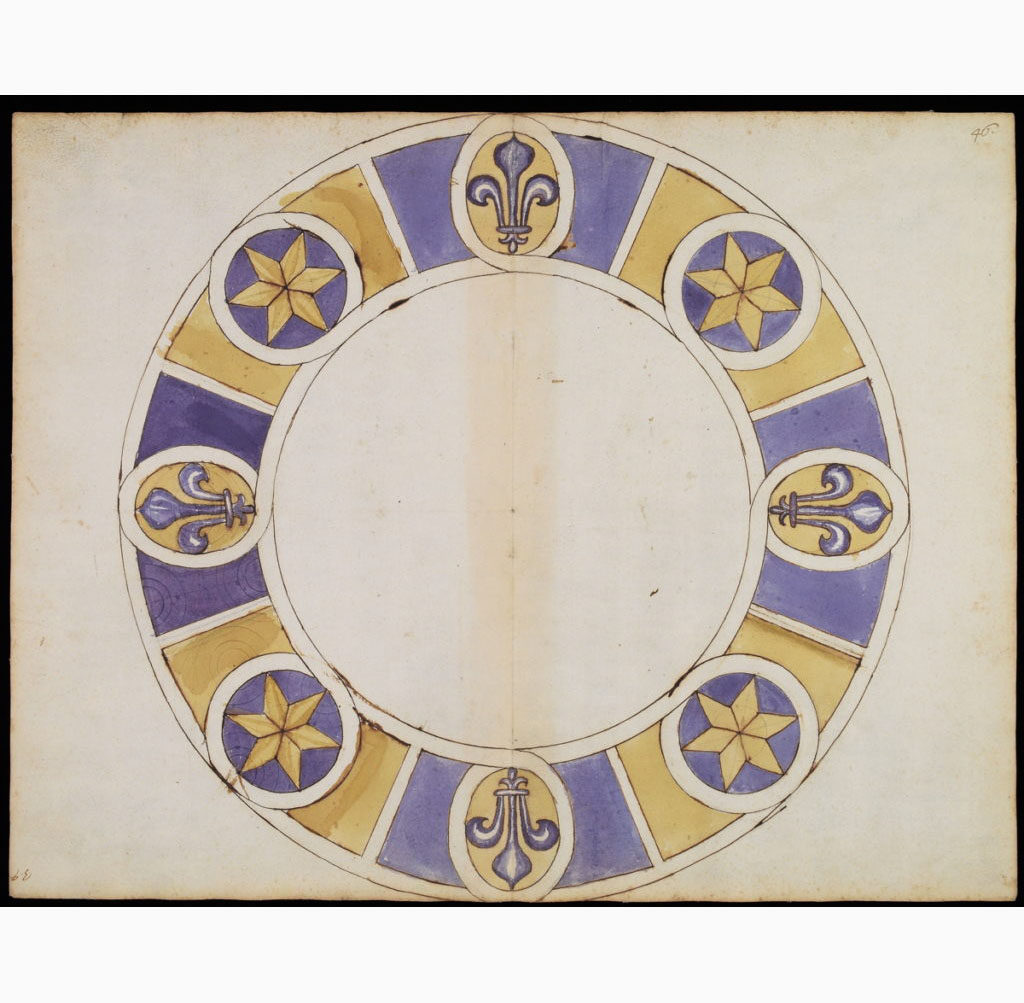
Farnese plate drawings, 1639 (Parma, Palatina Library).
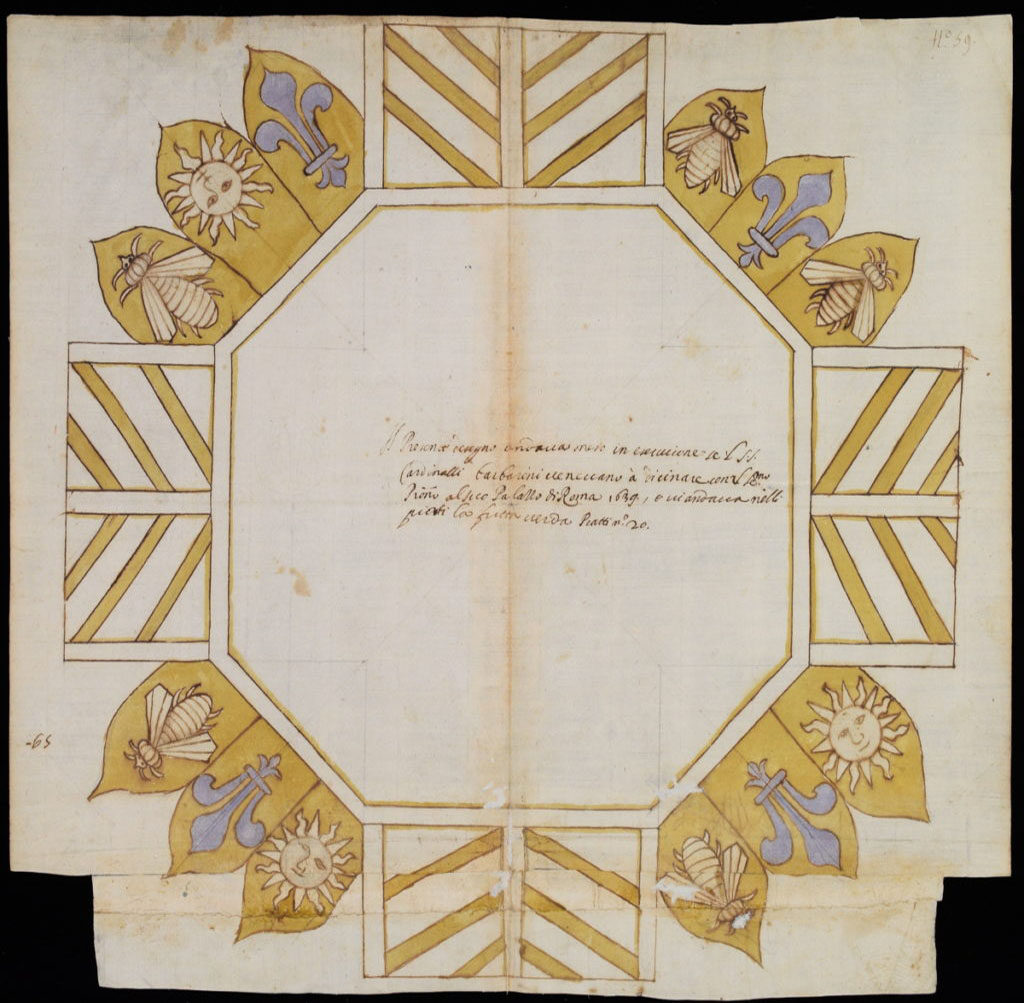
Farnese plate drawings, 1639 (Parma, Palatina Library).

Farnese plate drawings, 1639 (Parma, Palatina Library).
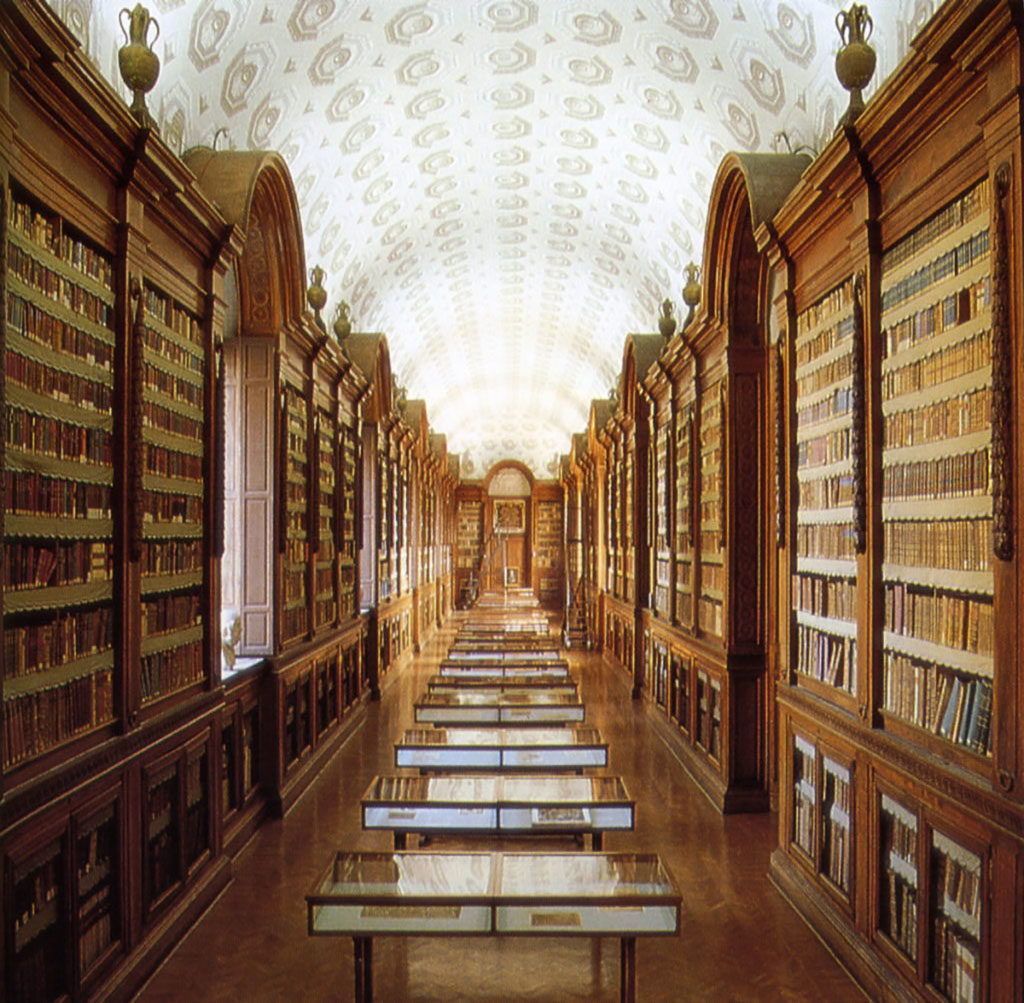
Petitot Gallery in the Palatina Library of Parma.
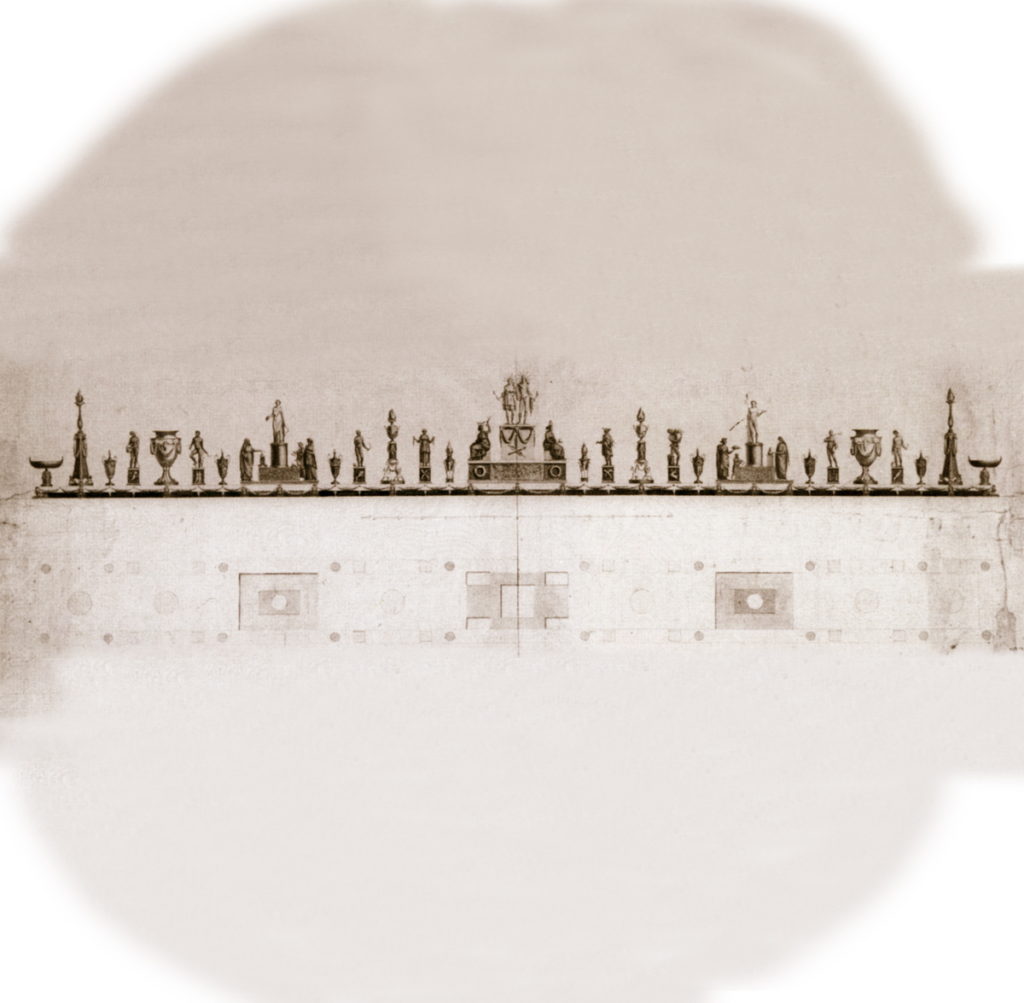
DAMIÀ CAMPENY, Trionfo da tavola, general plan, 1806 (Parma, Galleria Nazionale).
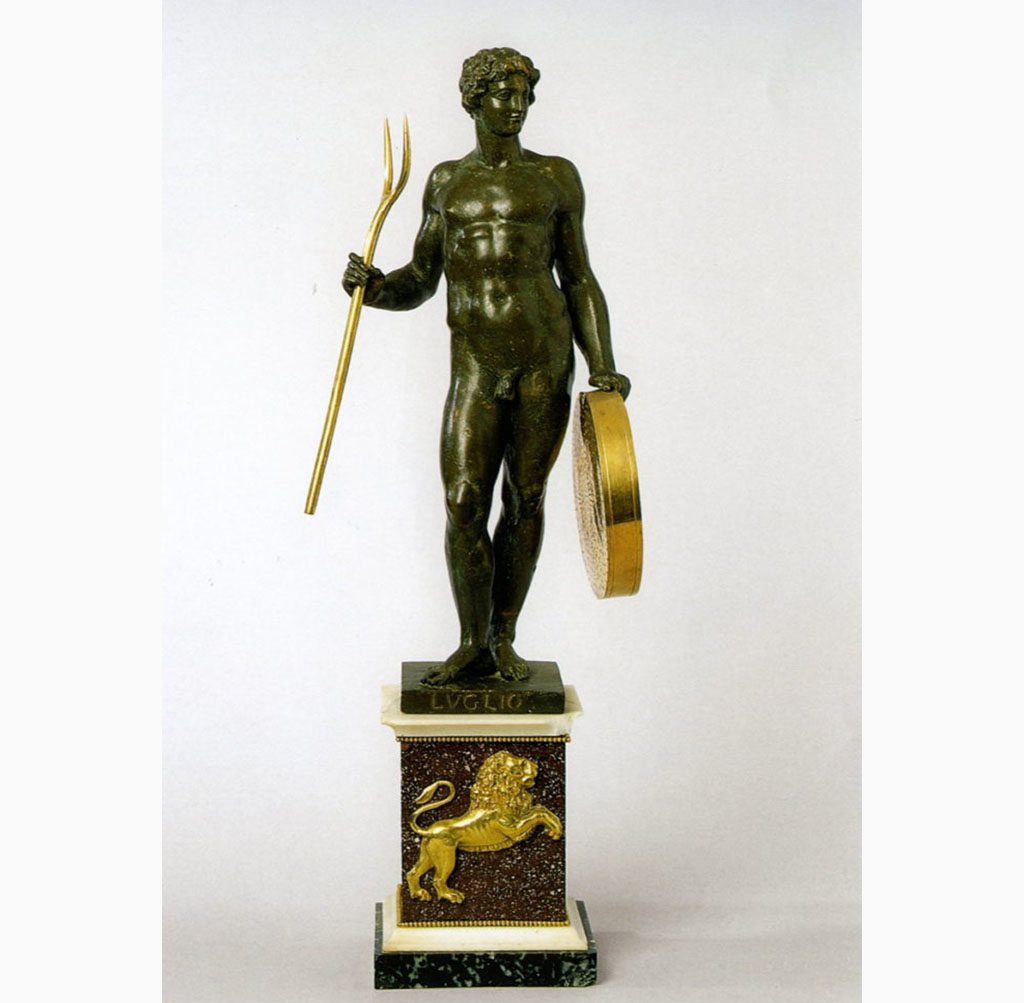
DAMIÀ CAMPENY, Trionfo da tavola, 1806, Month of July (Parma, Galleria Nazionale).
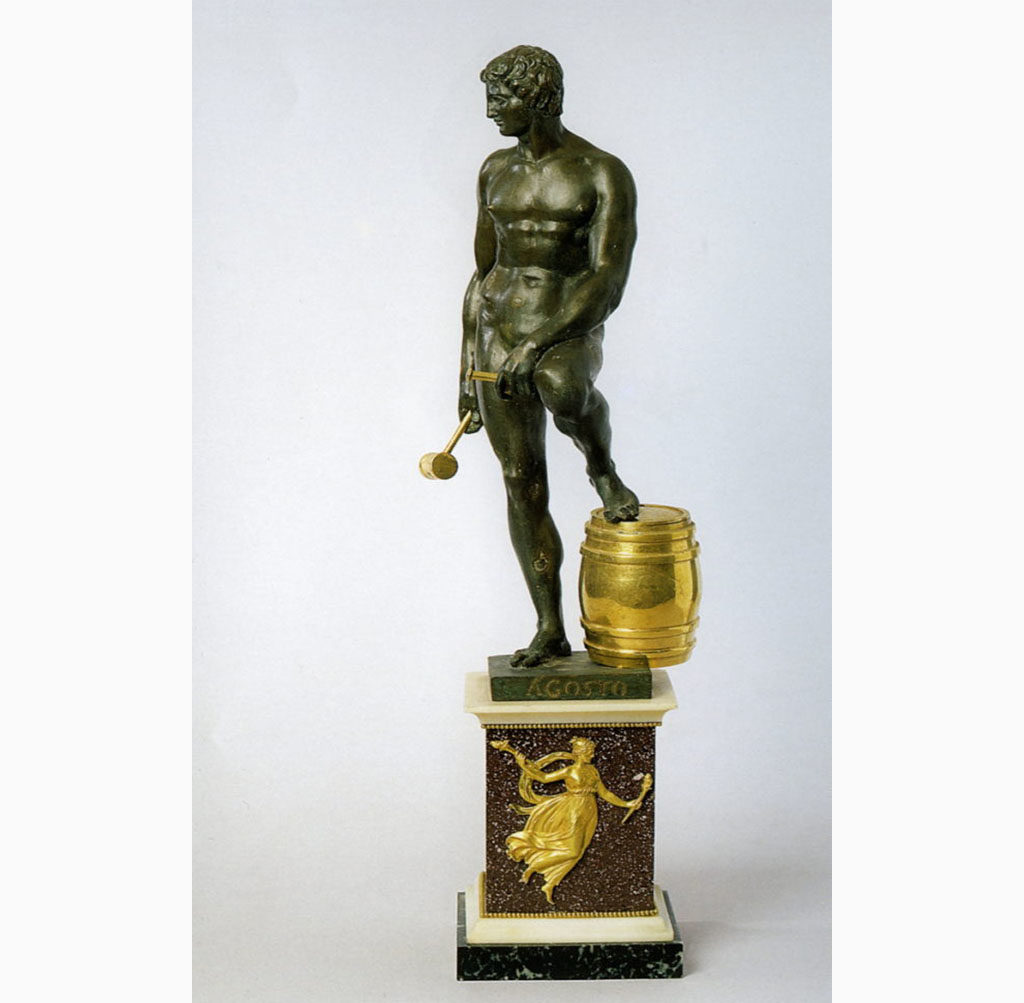
DAMIÀ CAMPENY, Trionfo da tavola, 1806, Months of August (Parma, Galleria Nazionale).
Just beyond the large green lawn of piazzale della Pace stands the imposing mass of Palazzo della Pilotta, built between 1583 and 1611 under the reign of the Farnese dukes to house the Court services. The large complex today is the main cultural centre of the city and holds the National Archaeological Museum, the Palatina Library, the Bodoni Museum, the thrilling Farnese Theatre, the National Gallery, the National Academy of Fine Arts, and rooms for temporary exhibition and art libraries.
The Archaeological Museum was established in 1761 by Duke Philip of Bourbon (1720-1765) in order to preserve and display the finds from excavations of the Roman town of Veleia in the Piacenza Apennines, after the fortuitous discovery in this area of the extremely important Tabula Alimentaria Traianea. The largest inscribed bronze tablet from antiquity – which was studied, among others, by the great historian Ludovico Antonio Muratori (1672-1750) – contains the list of the local estates (with the names of the owners) that had received loans from Trajan, the interest on which was used to educate the poor children of Veleia.
Also located in Palazzo della Pilotta, the rich Palatina Library, inaugurated in 1769, is home to the original drawings for a number of plates commissioned in 1639 by Odoardo Farnese (1612-1640) for a lunch with the Cardinals Antonio and Francesco Barberini in Rome. The banquet did not take place in the end, but we are left with about a hundred drawings, some of them watercolours, which provide evidence of the 17th-century aesthetic taste in tableware. The library also contains two important gastronomy manuscripts by cooks at the Farnese court: a copy of Li quattro banchetti destinati per le quattro stagioni dell’anno (Four banquets for the four seasons of the year) by Carlo Nascia (1681) and the only known copy of Piciol lume di cucina (Little kitchen light) by Antonio Maria Dalli (1701), both written by the copyist Carlo Giovanelli.
In the large and beautiful rooms of the Galleria Nazionale, built to house the collections of the 17th-century Parma Academy of Fine Arts and today one of the most important art galleries in Italy, we can admire the extraordinary trionfo da tavola by the Spanish sculptor Damià Campeny (1771-1885), a table centrepiece consisting of over one hundred pieces of marble, bronze and alabaster, and made in Rome between 1804 and 1806 for the Spain Embassy. It eventually made its way to Parma, probably after a stop in Lucca: a triumph of elegance that clearly shows the importance of entertaining and banquets in the politics of the ruling houses of Europe. In the Galleria Nazionale one can also see interesting still lifes by the Emilian painters Bartolomeo Arbotori (1594-1676) and Felice Boselli (1650-1732) that celebrate the theme of food in the Po Valley area.
